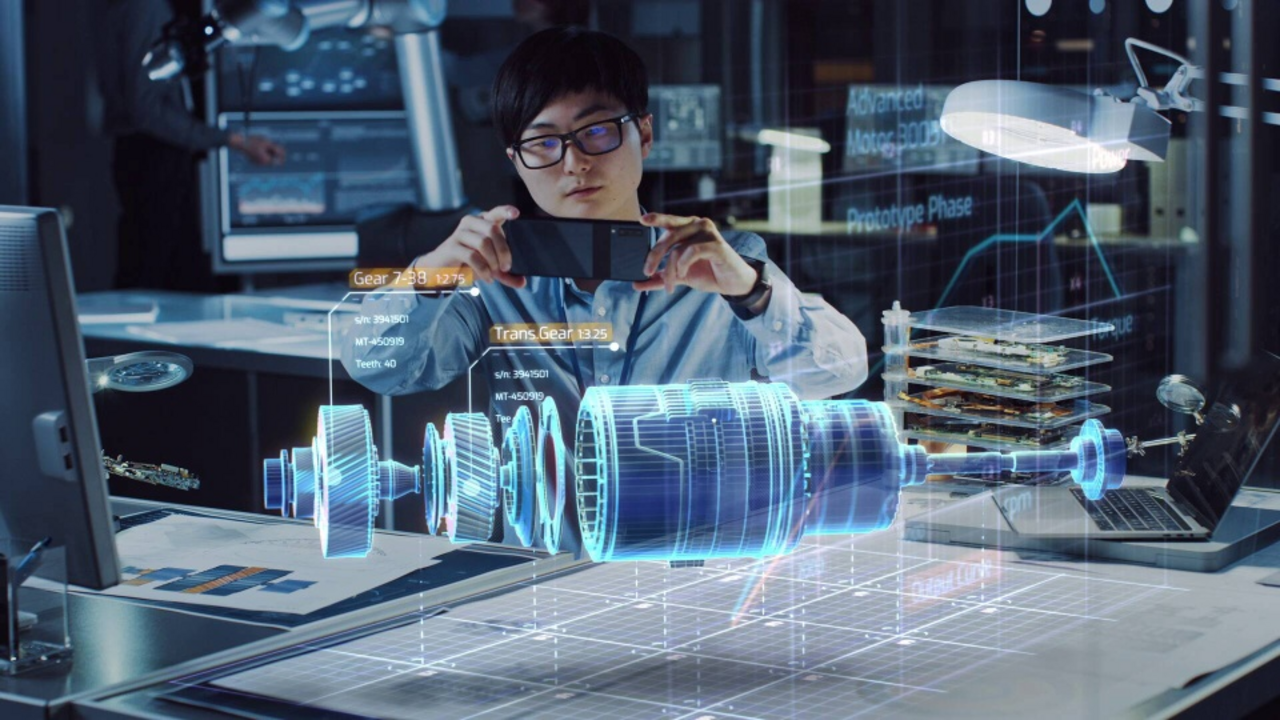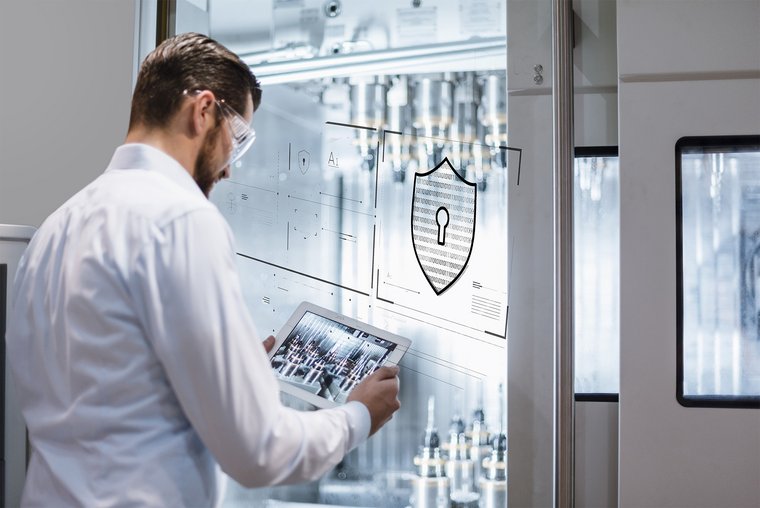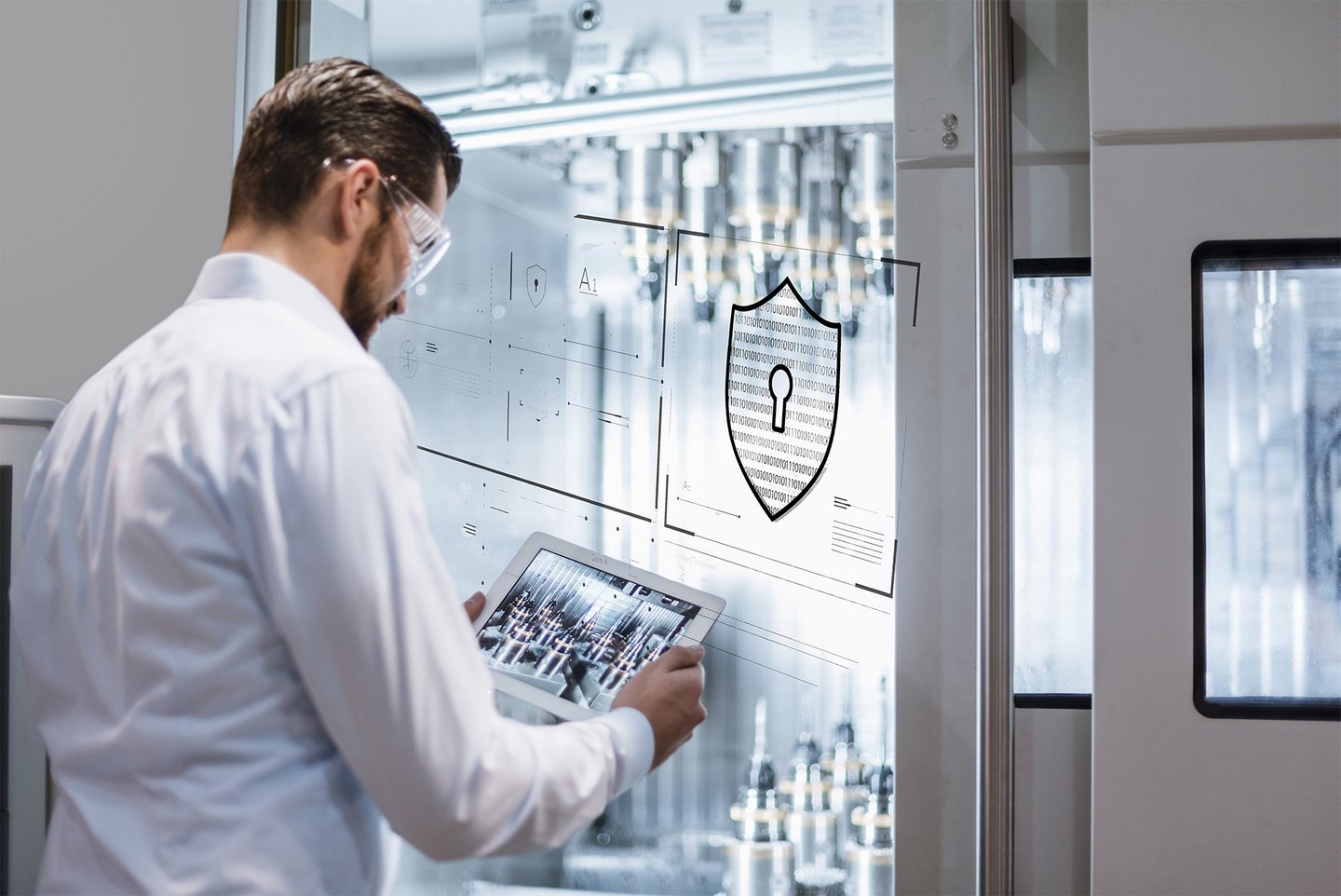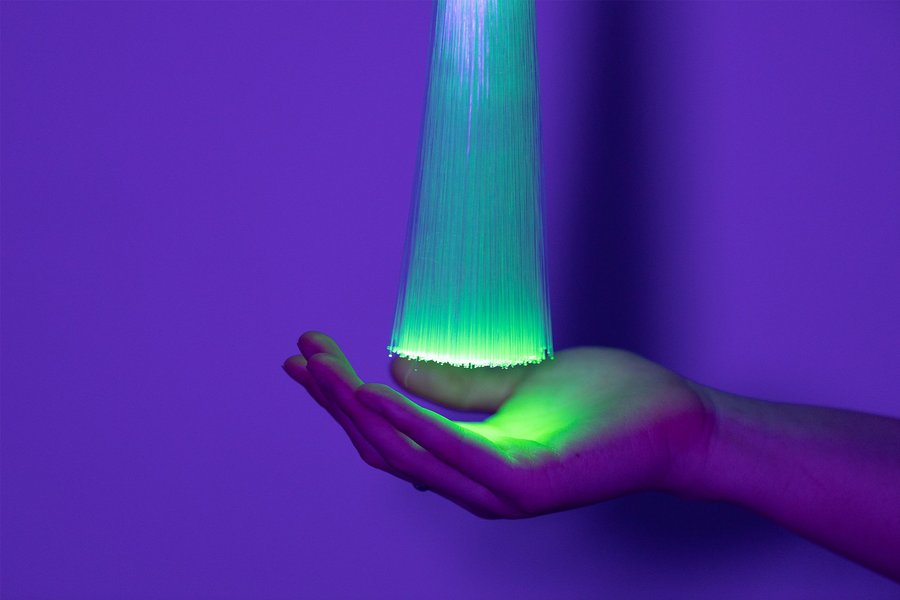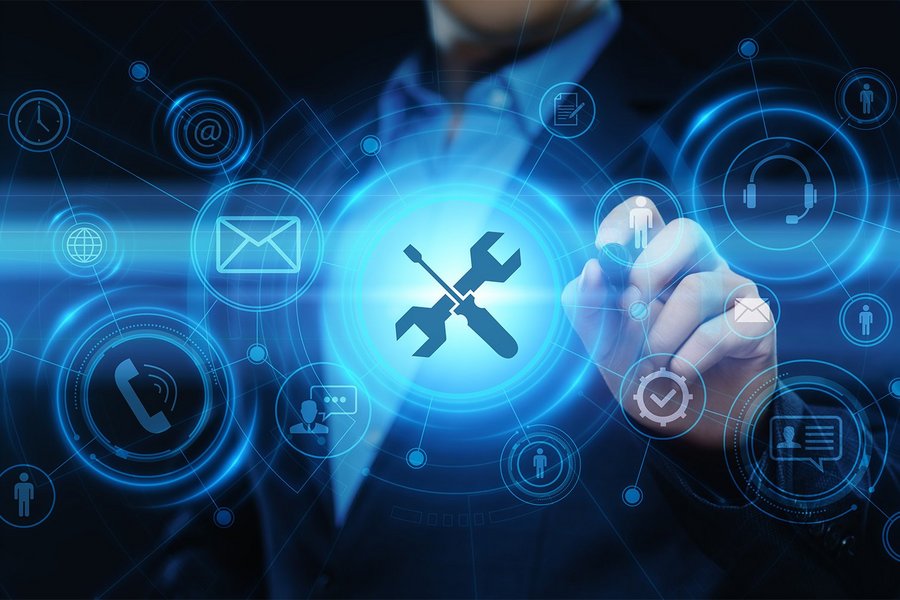The coronavirus pandemic has caused virtual working and learning environments to reign supreme. AR is proliferating across every major sector – including, but not limited to, automotive, healthcare, retail, manufacturing, construction, and marketing – with a growing number of use cases in both consumer and B2B environments. The usage of AR in B2B contexts is becoming increasingly crucial, as conveyed by the rising number of applications across numerous fields. According to the latest IDC report, spending on AR/VR technology across the world is expected to experience a CAGR of 54% between 2020 and 2024, reaching $72.8 billion in 2024.1
Importantly, the technology opens up new avenues for learning and improving processes. Mixed-reality glasses, such as Microsoft HoloLens, can now be used in preoperative surgical planning to decrease surgical time,2 or even to make brain surgeries safer.3 AR is also becoming an invaluable sales and marketing tool. It allows companies to conduct virtual 3-D property viewings,4 allows retail to add a digital component to physical locations and products, and makes it possible for central banks to inform citizens of new banknotes in a more comprehensive and interactive manner.
AR technology is affordable and highly efficient, meaning it also has a low carbon footprint. Most AR features can be used on existing smartphones, without the need for glasses or lenses, making the barrier to entry very low. Far from simply acting as a fun tool for consumers, it has numerous business applications that can trigger significant gains in efficiency or accuracy. In the manufacturing industry, it can lower a company’s costs and increase productivity by reducing machine downtime and cutting the need for physical travel.
